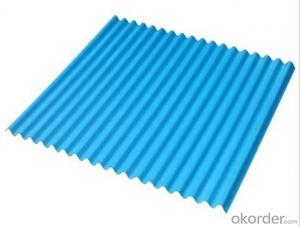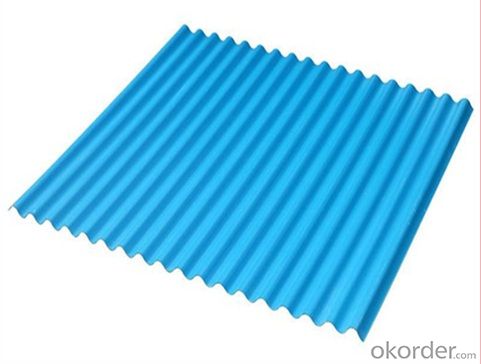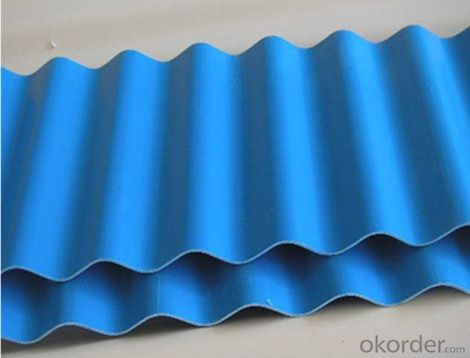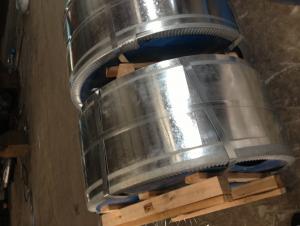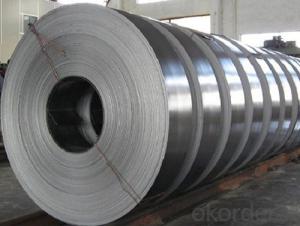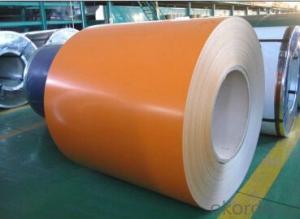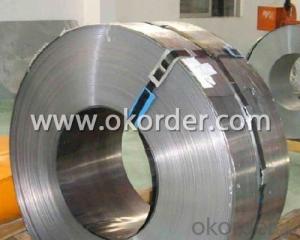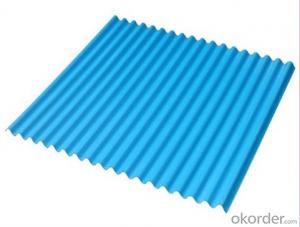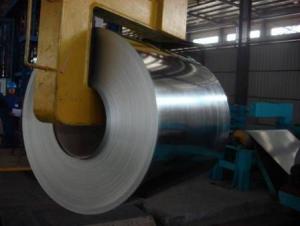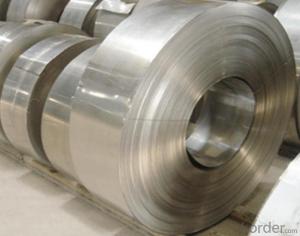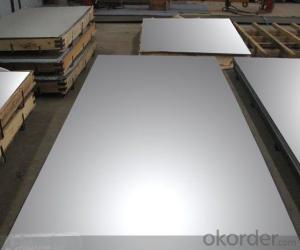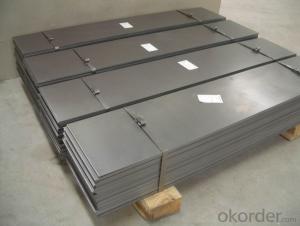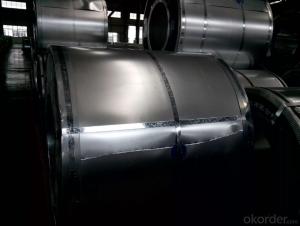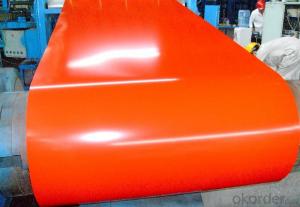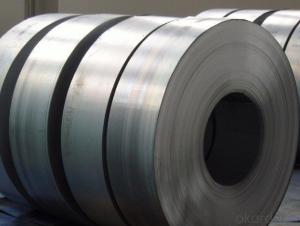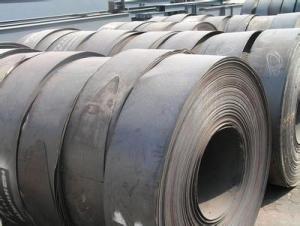Premium Corrugated Galvanized Steel Sheet
- Loading Port:
- Tianjin
- Payment Terms:
- TT OR LC
- Min Order Qty:
- 25 m.t.
- Supply Capability:
- 5000 m.t./month
OKorder Service Pledge
OKorder Financial Service
You Might Also Like
Specification
Product Brief Introduction
Premium Corrugated Galvanized Steel Sheet
Galvanized Corrugated Steel Roofing Sheet is formed by cold roll machine, using galvanized steel sheet or aluminum steel as the base material .Galvanized corrugated steel roofing sheet is featured with easy installation ,high strength ,more economic .( low cost )
Product Features
.Outlook Beautiful and novel, rich colors, flexible combination, can be used in different buildingto express special original architectural styles in life.
.Surface have been treated as galvanized and color coated.so it can anti-rain,anti- fire,anti-quake,So it has a long term life as 20-30 year and color just not fade.
. Light weight: easy to transport the material,short the time to finish the building,reduce worker's hard work,save much time and energy for human beings.
.Smooth surface treatment,the dust will be easy taken off by the rain.
. Environmental material,can be used many times,will do no hard to the our environment.
Product Specification
Premium Corrugated GI Galvanized Steel Sheet
Packing Information (For 27.5 Tons heavy 20’Fcl)
. water proof paper packing in side
. plastic film Packing in middle
. steel sheet Packing out side
.several steel strip packing to fix the packing
Production Line & Package
FAQ
1. how many wave for per pcs
—— some wave is 8 ,same wave is 9 ,save wave is 11 ,it is up to your request
2. What is the MOQ for this products ?
—— Normally the MOQ is 25mt per size and per color .
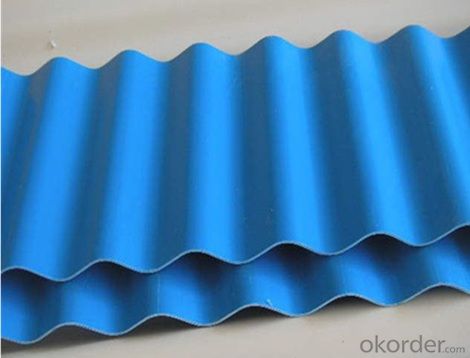
- Q: Can steel strips be used for making tools or machinery parts?
- Yes, steel strips can be used for making tools or machinery parts. Steel strips are often used in various industries for their strength, durability, and versatility. They can be shaped, cut, and formed into different components required for tools or machinery parts, providing excellent performance and reliability.
- Q: What are the different surface embossing methods for steel strips?
- Steel strips can be embossed using different methods, each with its own unique characteristics and applications. Some common methods include: 1. Roll embossing, which involves passing the steel strip through embossing rolls engraved with a pattern. The rolls press against the strip, creating a raised design. This versatile method offers a wide range of patterns. 2. Heat embossing, where the steel strip is heated and pressed against an embossing tool. The heat softens the steel, allowing it to take the shape of the tool. This method is used for intricate and detailed patterns. 3. Chemical embossing, which uses chemicals to etch a pattern onto the steel strip. The chemicals dissolve the metal selectively, leaving behind the desired design. This method is commonly used for logos, text, or simple patterns. 4. Laser embossing, where a focused laser beam melts or evaporates the metal to create a raised pattern. This method offers high precision and allows for intricate designs. 5. Mechanical embossing, which uses tools like punches or hammers to physically deform the steel strip and create a raised pattern. This method is cost-effective for simple designs. Each method has advantages and limitations, and the choice depends on factors like the desired pattern, complexity, cost, and steel strip properties.
- Q: What is the difference between annealed and hardened steel strips?
- Two different forms of steel, annealed and hardened steel strips, have undergone distinct heat treatment processes resulting in unique physical properties. To anneal steel strips, they are heated to a high temperature and then slowly cooled down, a process known as annealing. This relieves internal stresses and reduces hardness, making the steel more malleable and easier to work with. Annealed steel strips are typically softer, more ductile, and possess lower tensile strength. They find applications in manufacturing automotive components, household appliances, and metal furniture where formability and flexibility are crucial. On the contrary, hardened steel strips undergo a different heat treatment process called hardening. This involves heating the steel to a high temperature and then rapidly cooling it, often through quenching in oil or water. This rapid cooling causes the steel to harden, resulting in increased strength, wear resistance, and durability. Hardened steel strips are commonly used in the production of cutting tools, springs, and machine parts exposed to high stress or abrasive conditions where strength and toughness are vital. In conclusion, the key distinction between annealed and hardened steel strips lies in their physical properties and the heat treatment processes they undergo. Annealed steel strips are softer and more malleable, while hardened steel strips are harder and more resistant to wear and deformation. The choice between the two depends on the specific application and desired characteristics of the steel.
- Q: How do steel strips contribute to product cost-effectiveness in various applications?
- Steel strips contribute to product cost-effectiveness in various applications primarily due to their durability, versatility, and cost-efficiency. As a highly durable material, steel strips offer long-lasting performance, reducing the need for frequent replacements or repairs. Their versatility allows for customization and adaptation to various applications, eliminating the need for multiple materials. Additionally, steel strips are cost-efficient in terms of production, transportation, and installation, making them a cost-effective choice for a wide range of industries and products.
- Q: How are steel strips sawed or cut with a bandsaw?
- Steel strips can achieve sawing or cutting with a bandsaw by following a few straightforward steps. Initially, the steel strip must be securely clamped to a workbench or suitable cutting surface. Then, the appropriate blade for cutting steel is installed on the bandsaw machine. The blade tension and speed are then adjusted based on the thickness and type of steel being cut. Subsequently, the operator carefully guides the steel strip along the marked cutting line, ensuring a constant and controlled feed rate. The bandsaw blade, which features a continuous loop of teeth, moves either vertically or horizontally to cut through the steel strip. As the blade's teeth remove material, they create a chip or kerf, resulting in a precise and clean cut. It is crucial to maintain a steady feed rate and avoid forcefully pushing the steel strip through the blade, as this can cause the blade to bind or break. Additionally, the use of cutting fluid or lubricant can minimize friction and heat generated during the cutting process, enhancing the blade's lifespan and improving the overall quality of the cut. Once the cut is finished, the steel strip is cautiously removed from the bandsaw, taking care to avoid any sharp edges. Any remaining burrs or rough edges can be eliminated through grinding or deburring to achieve the desired finish. In conclusion, utilizing a bandsaw to saw or cut steel strips offers a versatile and efficient approach to achieve precise and clean cuts in various thicknesses and types of steel.
- Q: What are the different welding techniques used for joining steel strips?
- Some of the different welding techniques used for joining steel strips include MIG (Metal Inert Gas) welding, TIG (Tungsten Inert Gas) welding, resistance welding, and laser welding. These techniques offer various advantages and are chosen based on factors such as the thickness of the steel strips, the desired strength of the joint, and the specific application requirements.
- Q: What are the different grades of steel used for making strips?
- The different grades of steel used for making strips include low carbon steel, medium carbon steel, high carbon steel, stainless steel, and alloy steel.
- Q: What is the price of steel strips?
- The price of steel strips can vary depending on various factors such as the specific type of steel, the thickness and width of the strips, the quantity being purchased, and the current market conditions. It is best to consult with steel suppliers or manufacturers to get an accurate and up-to-date price quote for steel strips.
- Q: What are the high speed steel strips and material specifications?
- High precision (H) and wide and high thickness accuracy (KH) four kinds of strip steel. According to the material condition, two kinds of strip can be divided into chilled and annealed, the former has higher strength and the latter has good plasticity and toughness.
- Q: What is the typical machinability of steel strips?
- The machinability of steel strips can vary depending on several factors, including the grade of steel, its hardness, and the machining process used. Generally, steel strips are known for being easily machinable and are widely used in various industries due to their excellent mechanical properties, durability, and versatility. When it comes to machining steel strips, processes like milling, turning, drilling, and grinding are commonly employed. These processes are efficient on steel strips because they require relatively low cutting forces and offer good chip control. Steel strips can be easily machined to achieve precise dimensions, smooth surface finishes, and tight tolerances. However, it is important to note that different grades of steel exhibit varying machinability characteristics. For instance, low carbon steel strips are highly machinable due to their softness and ductility. On the other hand, high carbon or alloy steel strips may require more effort and specialized tooling to achieve desired machining results. Additionally, the hardness of the steel strip can also impact its machinability. Hardened steel strips, commonly used in tooling applications, may necessitate advanced machining techniques like grinding or electrical discharge machining (EDM) to achieve the desired results. In conclusion, while steel strips generally have good machinability, it is crucial to consider factors such as the specific grade of steel, hardness, and machining process. For optimal results, it is advised to consult the manufacturer's guidelines or seek expert advice when machining steel strips.
Send your message to us
Premium Corrugated Galvanized Steel Sheet
- Loading Port:
- Tianjin
- Payment Terms:
- TT OR LC
- Min Order Qty:
- 25 m.t.
- Supply Capability:
- 5000 m.t./month
OKorder Service Pledge
OKorder Financial Service
Similar products
Hot products
Hot Searches
Related keywords
